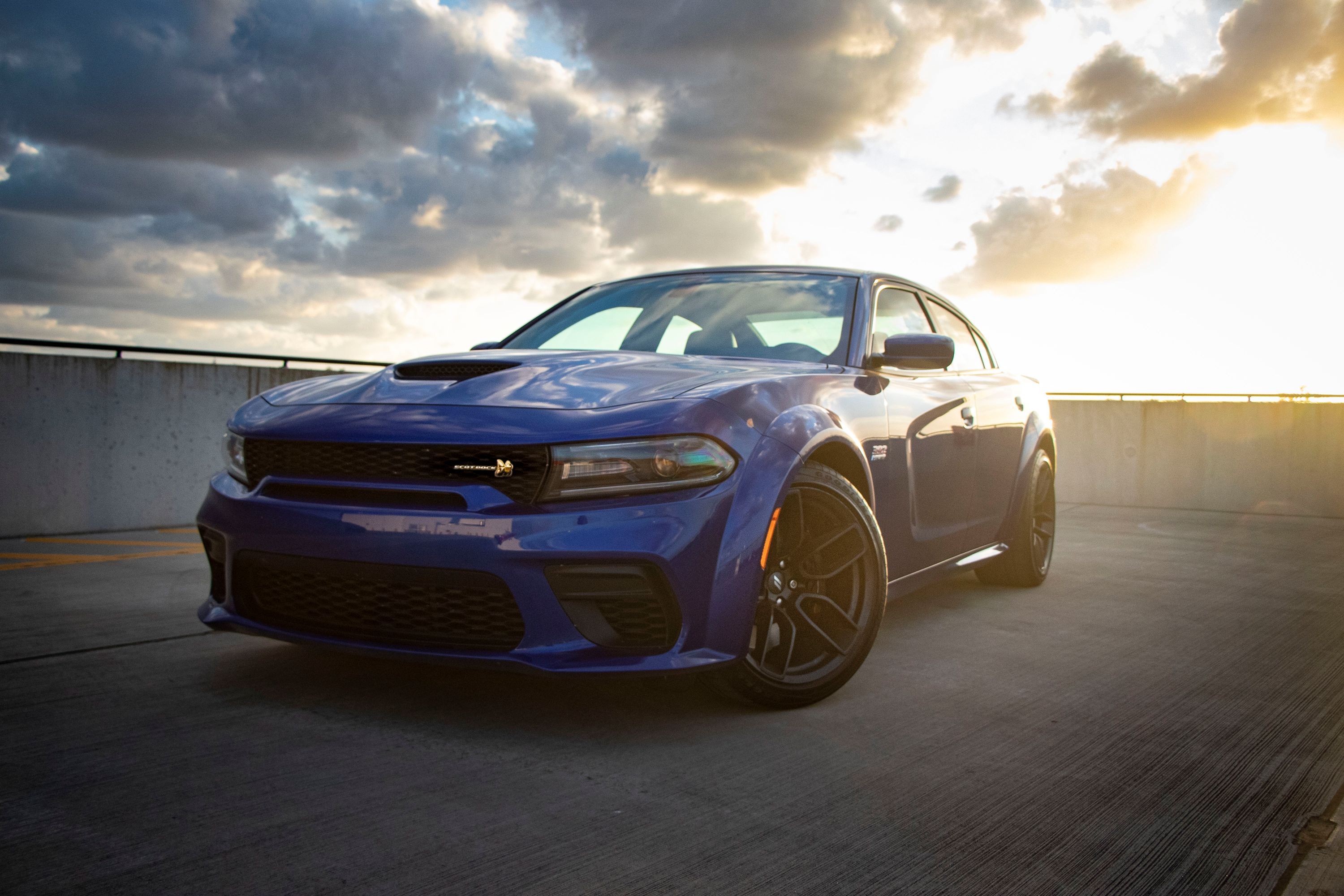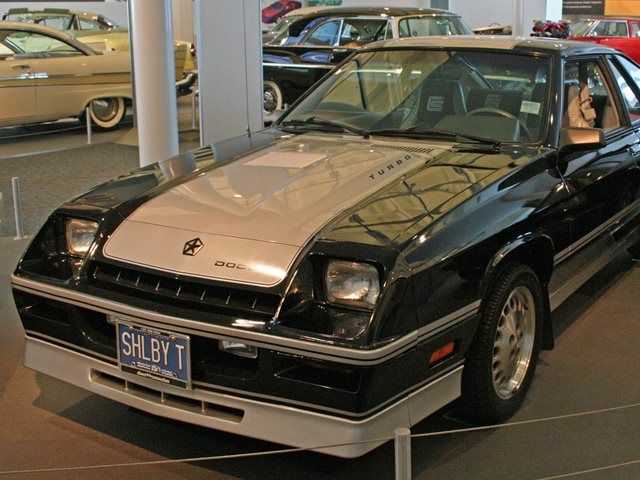
Carroll Shelby's years with Dodge resulted in some of the most confusing nomenclature since the Porsche 911. His name was affixed to quite a large number of Dodge Vehicles from 1983 to 1993 (and more from 1999 to 2000), but not all of these were worked on by his team, and some didn't even involve his supervision. But his impact on the company was undeniable, and there is no better evidence of this than the Viper, a car which Shelby considered the spiritual descendant of his original Cobra.
The story of Shelby's involvement with Dodge begins back in the early days of his work with the Mustang. It was through that experience that he came to know Lee Iacocca, a man who would later become president of Chrysler. The downside was that the Mustang experience was not a good one for Shelby, and it would take some convincing on the part of Iacocca to bring Shelby back to the world of making cars. Shelby was originally brought in only as a consultant, helping to bring out performance versions of the 1983 Charger and Omni, both badged GLH (Goes Like Hell, seriously, that's what it stood for).
Shelby parts would be used for performance editions of the Daytona, Lancer, Shadow, and Spirit, but Shelby wasn't directly involved with these cars. However, and this is where it gets confusing, there were limited production models of several of these cars which actually were built by Shelby and were the first actual Shelby-branded models since the Mustangs of the Sixties. The first of these was a hotter version of the already hot Omni GLH. Known as the GLH-S (Goes Like Hell-Some more), this was the king of the hot hatches in a time and country where hot hatches weren't especially interesting to the buying public.
But Shelby wasn't interested in the public at large, and a hatchback that could beat a VW GTI to 60mph by a full second was of interest to enough people that Shelby had no problem selling all that he could build. It does have to be said that this and the other Dodge Shelby models were not quite as sophisticated as the earlier Ford models. The 175 horsepower produced by the 2.2-liter turbocharged four-cylinder engine was obviously a bit less than that of the Mustangs, but the fit and finish weren't quite up to par either. The car was also incredibly noisy, had a rough ride and suffered from first turbo lag and then monstrous torque steer as revs built.
That said, it was fast. The Charger would receive the same treatment, although it's easy to confuse the Shelby Charger GLH-S with the 1982-1987 Dodge Shelby Charger, which was slow and uninteresting. This sort of tuning continued for the Shelby-built versions of the Lancer and Shadow, which were fast if nothing else. The Dodge Dakota also received some Shelby attention, and would even be the biggest-production Shelby-branded model during the Dodge years. A 360-hp version of the Dodge Durango was given the Shelby name in 1999 and 2000, but this was simply given Shelby's blessing, and he wasn't actually involved in any way.
Shelby's Dodge vehicles have fallen well short of the legendary status of the earlier Mustangs, to say nothing of the Cobra. But context is important when considering these cars. This was, by and large, a dark period in the history of the automobile; one where automakers had a difficult time making cars both interesting and emissions compliant at the same time. Dodge had no muscle car for Shelby to tune, so he had to make do with what was available to him. These cars were, at any rate, cheap. So at least you weren't paying Cobra prices for an Omni. There was one final project which Shelby was involved with while at Dodge, and this deserves special mention.
Fed up with the image of Chrysler as the maker of nothing more interesting than K-cars and minivans, chief engineer Francois Castaing enlisted the help of then-president Bob Lutz to bring Carroll Shelby in to help design a new sports halo car for the company. The V10 engine was derived from a Dodge truck engine with help from Lamborghini, then a subsidiary of Chrysler. Shelby's job was to keep the car as small and light as possible. This was to embody the same principals used to make the original Cobra, the biggest available engine stuffed into the smallest possible car.
Like other Shelby Dodge models, early Vipers where perhaps not the most sophisticated of vehicles. They were, however, fantastically entertaining. The simple design made for the kind of pure, but utterly terrifying, driving experience that Bill Cosby had described in such detail with his Cobra Super Snake. The Viper has since become a more sophisticated machine, and Shelby went on to other projects, but his years at Dodge did the company a lot of good. And even if you don't care for most of what he did there, you'd have to agree that the Viper more than made up for the other cars.

